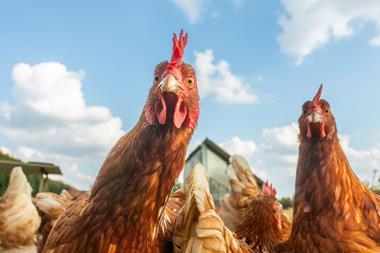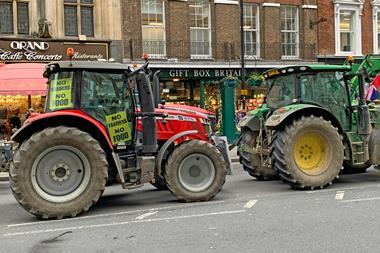Writing about booze has been pretty sobering of late: a stream of gloomy news culminating in last week’s Christmas trading exclusive, in which we revealed a 4.1% slump in off-trade sales.
So let’s raise a glass to low-alcohol beer. It’s a tiny category but growing almost 40% year-on-year in a beer market flatter than a week-old Foster’s.
Talking of which, in a move that is strategically spot-on but perhaps geographically confusing, the Australian lager brand has adopted a German tradition and launched 2% abv lemon-flavoured brew Foster’s Radler (see p34).
“There’s a lot of cynicism about low-alcohol beer but Foster’s move makes sense”
Vince Bamford, fmcg editor
There’s a lot of cynicism and doubt about low-alcohol beer but the move makes plenty of sense: Molson Coors’ low-abv, citrus-flavoured Carling Zest has been a success low-abv beers attract a smaller duty burden that should mean better margins for retailers and brewers and low-abv products have (allegedly) helped to bring women to the beer market.
And I’d argue that last point is the most important - and the reason we’ll be seeing more low-abv launches. Foster’s says Radler is targeted at fellas but I’m sure brand owner Heineken won’t be complaining if the beer attracts a few Sheilas.
Or fräuleins, for that matter.














No comments yet